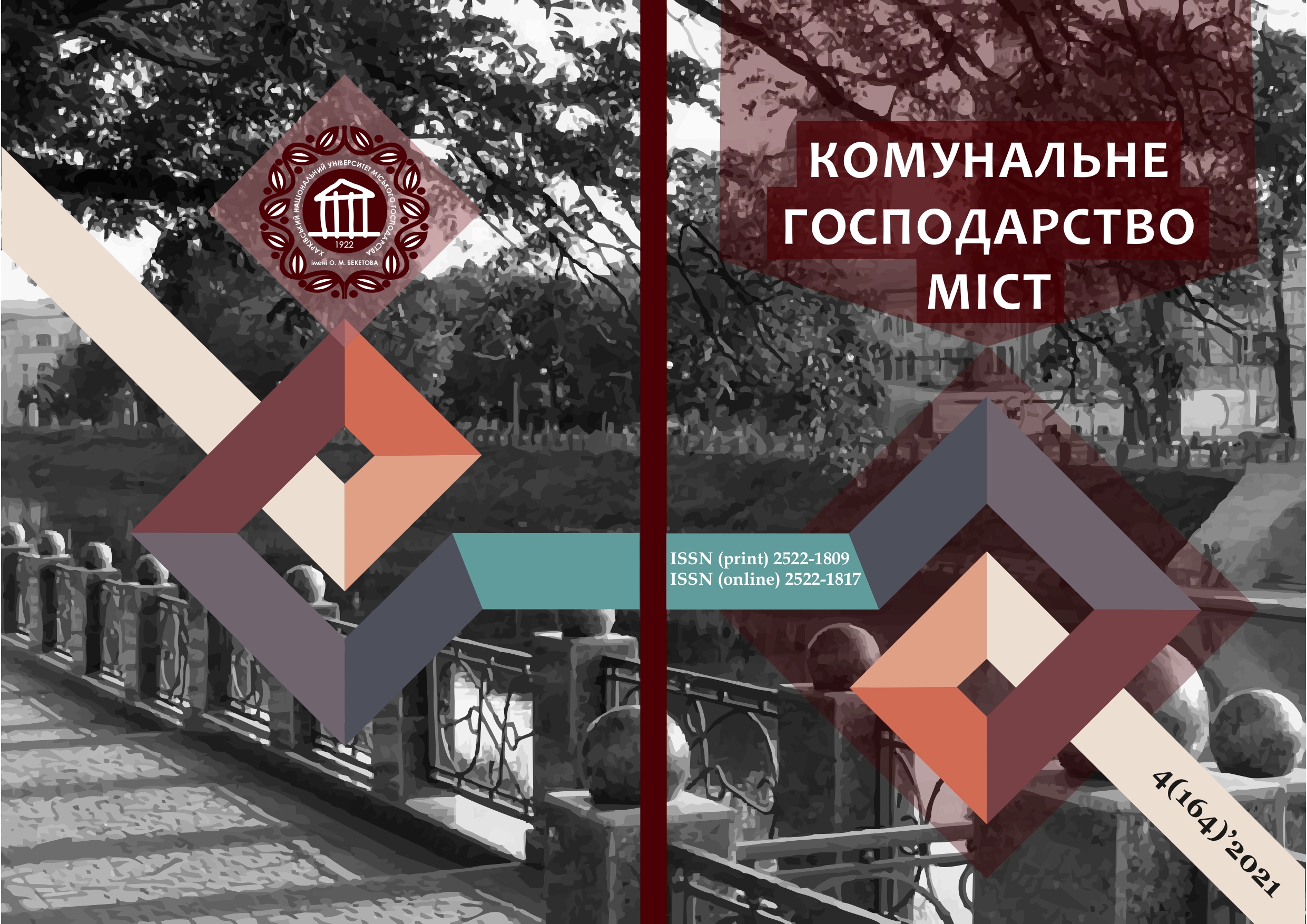MEDIA DESIGN IN THE FORMATION OF INNOVATIVE CULTURAL AND ENTERTAINMENT BUILDINGS
Array
Keywords:
mediadesign, mediaarchitecture, cultural and entertainment buildings, urban environment.Abstract
The article is devoted to identifying the design features of innovative cultural and entertainment buildings using media architecture and design tools to develop methodological foundations for their formation. Criteria for differentiation of these objects have been determined. The article presents the main typological characteristics of cultural and entertainment buildings using the means of media architecture and design. The functional components of this type of architectural object and complex have been determined. Modern fundamental approaches and the main trends in urban planning, spatial organization and architectural and planning solutions of innovative cultural and entertainment buildings using media architecture and design are identified. The article analyzes foreign experience in designing innovative cultural and entertainment buildings using media architecture and design. Trends in the formation of their volumetric-spatial structure have been determined. The factors influencing the formation of innovative cultural and entertainment buildings and complexes in the urban environment are identified. The article provides definitions of the concepts of "media architecture" and "media facade". The methods of architectural and design formation of innovative cultural and entertainment buildings using the means of media architecture and design are revealed: the method of multi-functional structure, the method of integration with the environment, the method of using national traditions, the method of complexity, the method of flexibility and communicativeness of space, the method of accessibility and adaptability (setting up a universal space), the reception of stylistic unity. The perspective directions of formation and development trends of innovative architectural objects in the urban environment with the use of media design means are determined.
References
1. Shimko, V.T. (2009). Architectural design. Fundamentals of theory (environmental approach). Architecture-S, Moscow.
2. Yezhov, V.I., Yezhov, S.V., Yezhov, D.V. (2006). Architecture of public buildings and complexes. VISTKA, Kiev.
3. Zeidler, E.N. (1988). Multifunctional architecture. Trans. from German. Multi-use architecture. K. Kramer Verlag Stuttgard. Stroyizdat, Moscow.
4. Munipov, V.M., Zinchenko V.P. (2001). Ergonomics. Logos, Moscow.
5. Smirnova, O.V. (2017). Typological foundations of the formation of innovative buildings in the urban environment. Monograph. O.M. Beketov National University of Urban Economy in Kharkiv, Kharkiv.
6. Igoshev, B.M., Usoltsev, A.P. (2013). History of technical innovations. Textbook. Nauka, Moscow.
7. Orelskaya, O.V. (2006). Modern foreign architecture. Textbook. Academy, Moscow.
8. Votinov, M.A., Smirnova, O.V. (2019). Innovative methods of forming interactive buildings and structures in the urban environment. Monograph. O.M. Beketov National University of Urban Economy in Kharkiv, Kharkiv.
9. Tkachev, V.N. (2006). Architectural design: functional and artistic foundations of design: textbook. manual for stud. Universities. Architecture-S, Moscow.
10. Hodidya, F. (2015). Newest architecture. Astrel, Moscow.
11. Shubenkov, M.V. (2006). Structural patterns of architectural shaping. Architecture-S, Moscow.
Downloads
Published
How to Cite
Issue
Section
License
The authors who publish in this collection agree with the following terms:
• The authors reserve the right to authorship of their work and give the magazine the right to first publish this work under the terms of license CC BY-NC-ND 4.0 (with the Designation of Authorship - Non-Commercial - Without Derivatives 4.0 International), which allows others to freely distribute the published work with a mandatory reference to the authors of the original work and the first publication of the work in this magazine.
• Authors have the right to make independent extra-exclusive work agreements in the form in which they were published by this magazine (for example, posting work in an electronic repository of an institution or publishing as part of a monograph), provided that the link to the first publication of the work in this journal is maintained. .
• Journal policy allows and encourages the publication of manuscripts on the Internet (for example, in institutions' repositories or on personal websites), both before the publication of this manuscript and during its editorial work, as it contributes to the emergence of productive scientific discussion and positively affects the efficiency and dynamics of the citation of the published work (see The Effect of Open Access).

